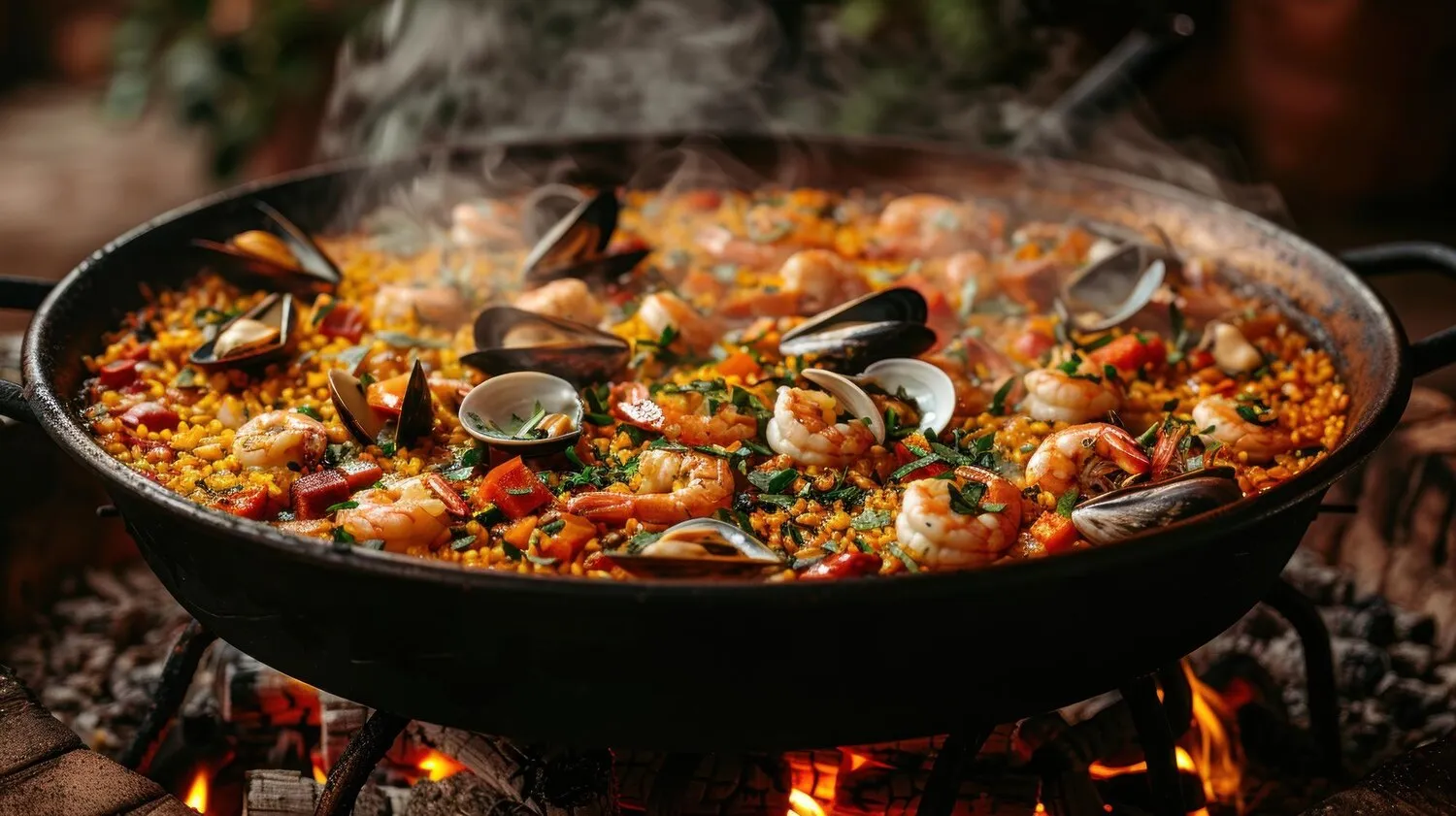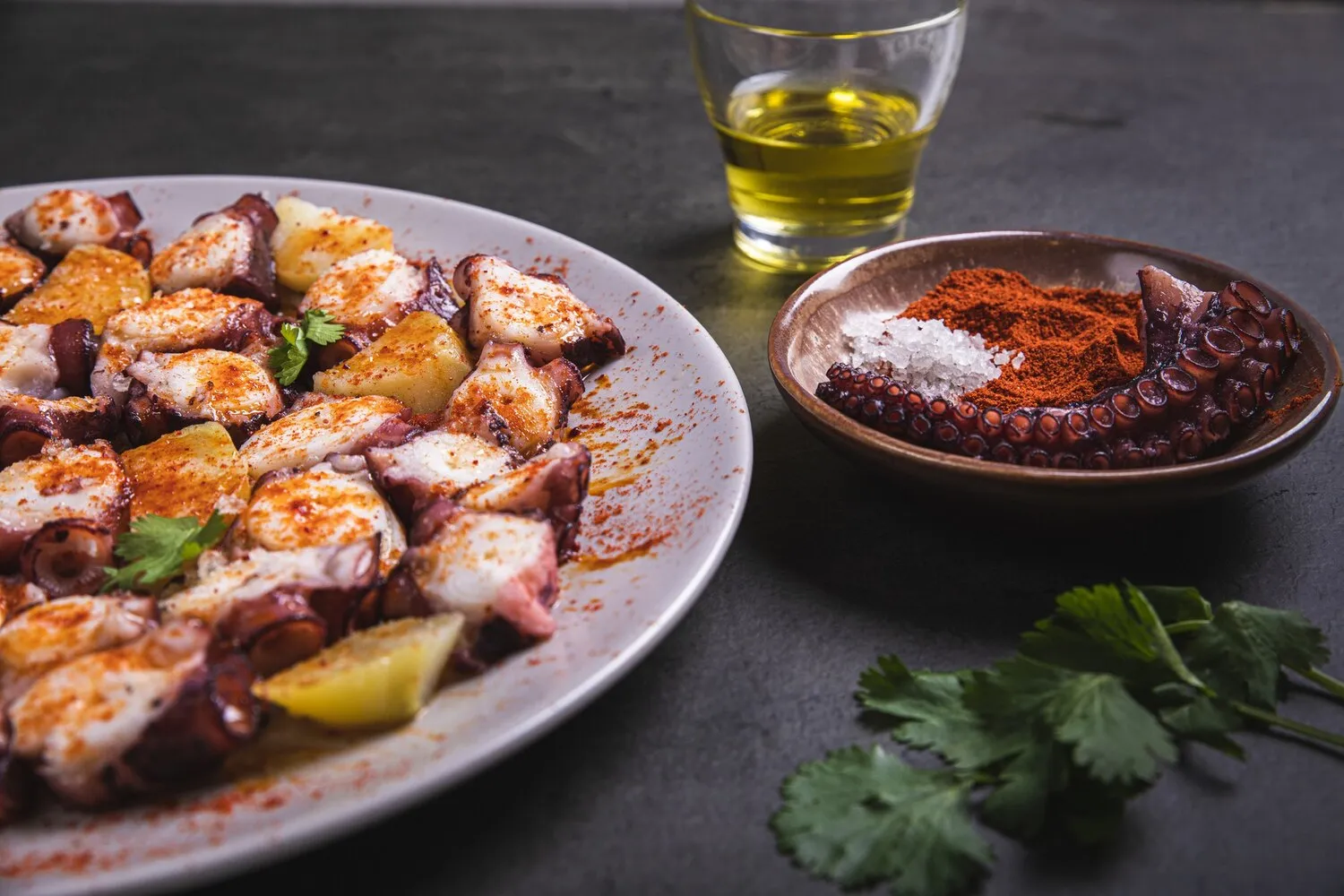
Croquetas de jamón
Ham croquettes
Nutrition Facts
* The % Daily Value (DV) tells you how much a nutrient in a serving of food contributes to a daily diet. 2,000 calories a day is used for general nutrition advice.
Ajo Negro
Croquetas, a culinary creation believed to have originated in France, found fertile ground for adaptation in Spain. While the exact origins of the Spanish croqueta are debated, it's widely accepted that the dish evolved from a way to repurpose leftover meats and other ingredients, influenced by French haute cuisine techniques and transformed by Spanish flavors and available ingredients. The use of béchamel sauce as a base is a clear indication of French influence, but the incorporation of jamón (cured ham) and other distinctly Spanish ingredients defines its unique character.
Croquetas de jamón are deeply embedded in Spanish culinary culture, representing comfort food, tapas culture, and family traditions.
Tapas Staple
Croquetas are a quintessential tapa, enjoyed in bars and restaurants throughout Spain. They are often served as part of a selection of small dishes, perfect for sharing and socializing.
Family Tradition
Homemade croquetas are a common sight in Spanish households, often prepared using family recipes passed down through generations. They are a popular dish for special occasions and gatherings.
Resourceful Cooking
Historically, croquetas served as a practical way to utilize leftover cooked ham and other meats, showcasing the Spanish appreciation for minimizing waste and maximizing flavor.
Regional Variations
While jamón is the most common filling, regional variations exist. Some may include chicken, cod (bacalao), mushrooms, or other locally sourced ingredients, reflecting the diversity of Spanish cuisine.
Croquetas de jamón offer a harmonious blend of creamy, savory, and salty flavors.
The primary flavor profile revolves around the rich, umami-packed taste of cured Iberian ham (jamón ibérico or jamón serrano). This saltiness and savoriness are balanced by the creamy, milky notes of the béchamel sauce base, made from butter, flour, and milk. The frying process imparts a crispy, golden-brown exterior that contrasts with the soft, yielding interior, creating a delightful textural contrast. A subtle hint of nutmeg and onion often complements the core flavors.
Béchamel Consistency
The béchamel sauce should be thick enough to hold its shape when cooled but still retain a creamy texture. Overcooking the sauce will result in dry croquetas; undercooking will make them too soft and difficult to handle.
Cooling Time
Allow the béchamel mixture to cool completely in the refrigerator, ideally overnight. This allows the mixture to firm up, making it easier to shape the croquetas.
Breadcrumb Coating
Use high-quality breadcrumbs for a crispy, golden-brown coating. A double coating of breadcrumbs can provide extra crunch. Ensure the breadcrumbs are finely ground.
Frying Temperature
Maintain a consistent oil temperature (around 350-375°F or 175-190°C) for even cooking and a crispy exterior. Avoid overcrowding the pan, as this will lower the oil temperature and result in soggy croquetas.
Jamón Quality
The quality of the jamón significantly impacts the flavor. Use good quality jamón serrano or, for a more luxurious flavor, jamón ibérico.
Explore additional Spanish dishes and restaurants
Explore SpanishDiscover top dining spots and culinary experiences in Badajoz.
Explore BadajozLearn more about the food culture, restaurant scene, and culinary heritage of Spain.
Explore Spain
